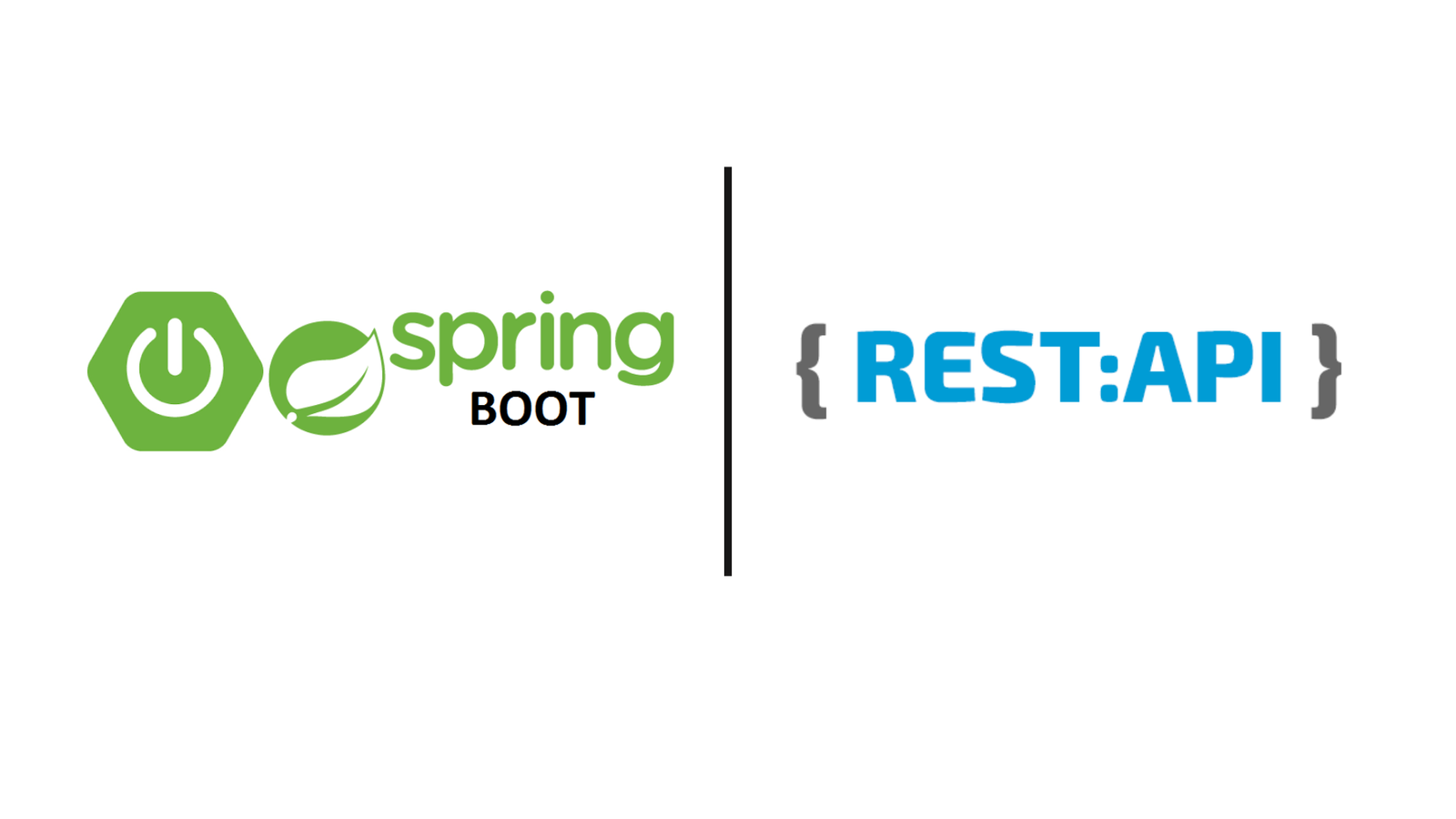Spring Boot is a popular framework for building Java-based enterprise applications. It simplifies the process of setting up and developing robust, production-ready applications. If you’re new to Spring Boot, this step-by-step guide will walk you through the process of creating your first Spring Boot application. We’ll cover the essential concepts and provide you with the necessary tools to get started.
Prerequisites
Before we begin, make sure you have the following prerequisites in place:
- Java Development Kit (JDK): You’ll need Java 8 or later installed on your system. You can download the JDK from the official Oracle website or choose an open-source alternative like OpenJDK.
- Integrated Development Environment (IDE): While you can develop Spring Boot applications using a basic text editor, it’s highly recommended to use an IDE for a more productive experience. Popular choices include Eclipse, IntelliJ IDEA, and Spring Tool Suite (STS).
- Apache Maven: Spring Boot projects are often managed with Apache Maven, a popular build automation and dependency management tool. You can download Maven from the official website.
Step 1: Set Up Your Development Environment
- Install the JDK, IDE, and Maven according to the instructions provided for your specific operating system.
- Verify your Java installation by running the following command in your terminal or command prompt:
java -versionYou should see the installed Java version.
3. Verify your Maven installation by running the following command:
mvn -v- You should see the installed Maven version.
Step 2: Create a Spring Boot Project
- Open your IDE and create a new Spring Boot project. The process may vary slightly depending on your IDE, but most IDEs provide a Spring Initializr or Spring Boot Project wizard.
- Configure your project settings, such as the project name, package name, and dependencies. For this tutorial, we’ll create a simple “HelloWorld” project.
- Add the “Spring Web” dependency to enable web application development.
- Finish the project creation process, and your IDE will generate a basic Spring Boot application.
Step 3: Build Your First Spring Boot Application
- Open the generated project in your IDE. You’ll find a class with the
mainmethod. This class serves as the entry point for your Spring Boot application. - Open the main class and ensure that it has the
@SpringBootApplicationannotation, as shown below:
import org.springframework.boot.SpringApplication;
import org.springframework.boot.autoconfigure.SpringBootApplication;
@SpringBootApplication
public class HelloWorldApplication {
public static void main(String[] args) {
SpringApplication.run(HelloWorldApplication.class, args);
}
}
The @SpringBootApplication annotation combines various Spring configuration annotations and is essential for bootstrapping your application.
3. Create a simple Spring REST controller to handle HTTP requests. Add a new class to your project and annotate it with @RestController. Define a method that returns a “Hello, World!” message, as follows:
import org.springframework.web.bind.annotation.GetMapping;
import org.springframework.web.bind.annotation.RestController;
@RestController
public class HelloWorldController {
@GetMapping("/hello")
public String hello() {
return "Hello, World!";
}
}
4. Run your Spring Boot application by right-clicking the main class and selecting the “Run” option. Alternatively, you can use the Maven command mvn spring-boot:run in the terminal from your project’s root directory.
5. Your Spring Boot application is now running. Open a web browser and access the following URL:
http://localhost:8080/hello- You should see the “Hello, World!” message in your browser, indicating that your Spring Boot application is responding to requests.
Step 4: Explore Spring Boot’s Features
Now that you’ve built and run your first Spring Boot application, it’s time to explore the framework’s features and capabilities. Spring Boot offers numerous tools and integrations for building diverse applications, such as database access, security, messaging, and more.
To learn more about Spring Boot, consider exploring the official Spring Boot documentation. You can find comprehensive guides and tutorials on various topics related to Spring Boot development.
Conclusion
Congratulations on building your first Spring Boot application! Spring Boot is a powerful and flexible framework that simplifies Java-based application development. This tutorial has provided you with a foundation to start creating Spring Boot applications and the resources to explore its vast capabilities further. As you continue your journey with Spring Boot, you’ll discover how it streamlines the development process and allows you to build robust and scalable applications with ease.






